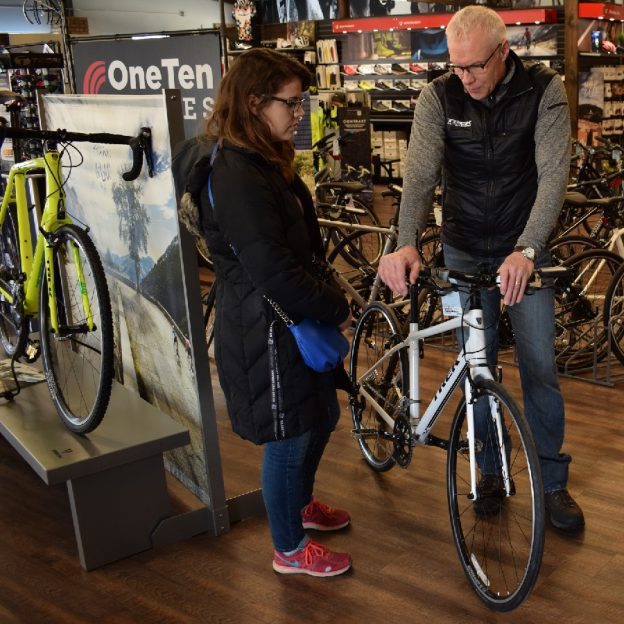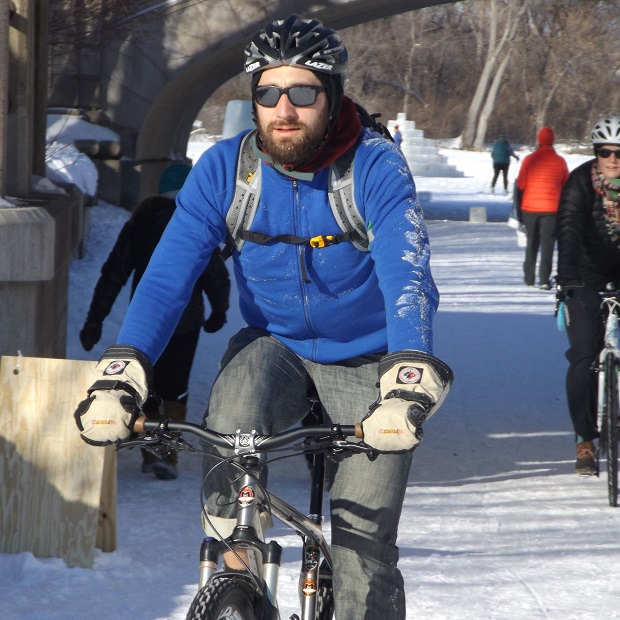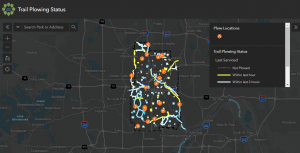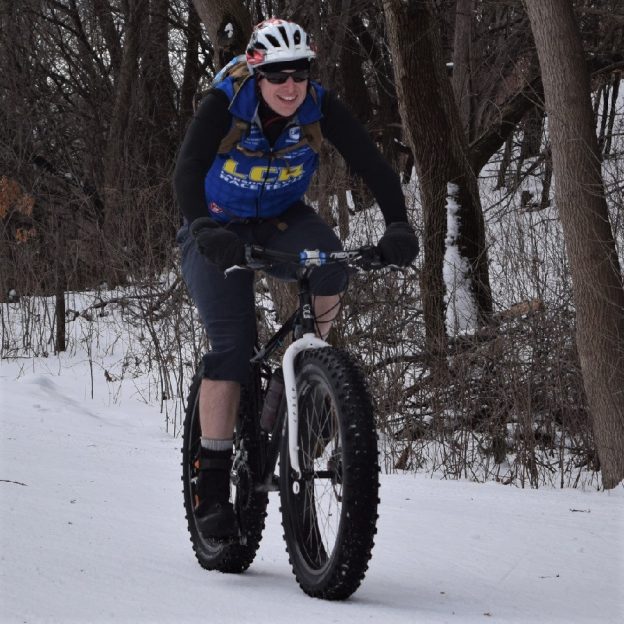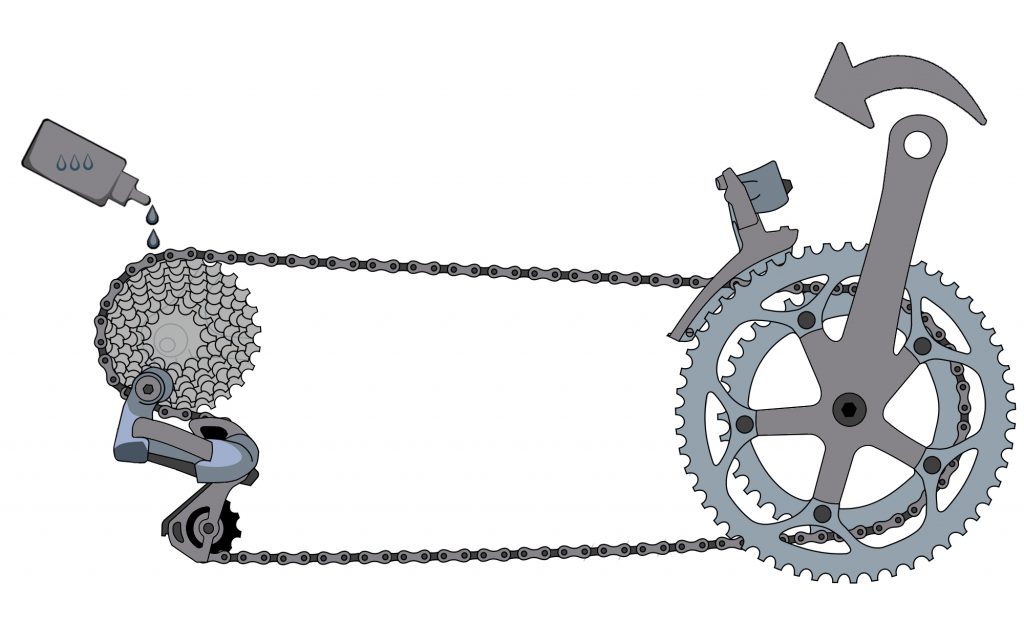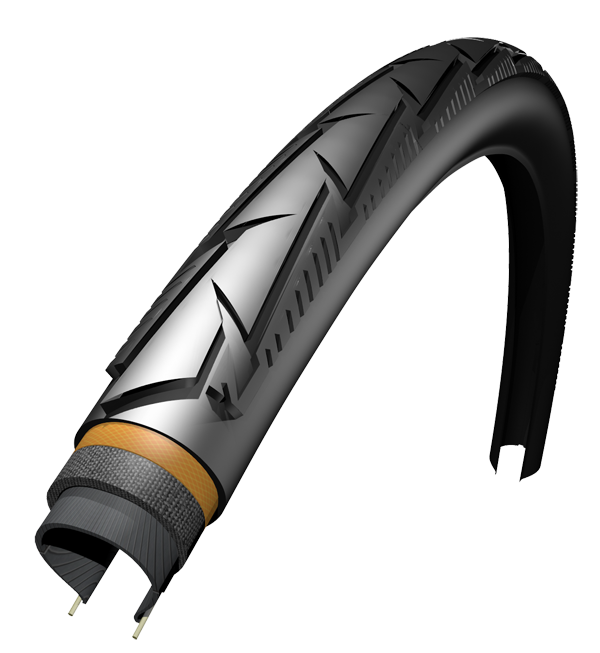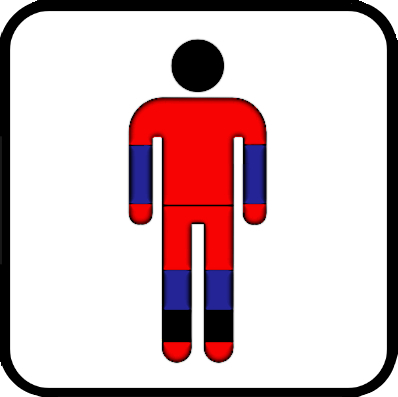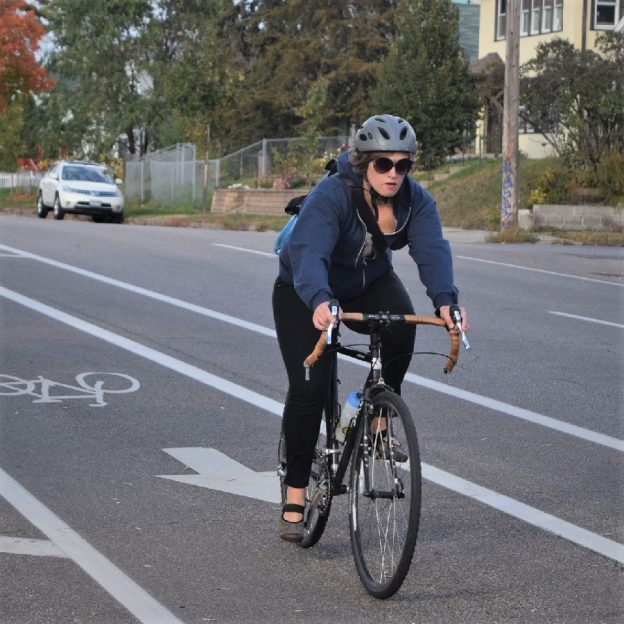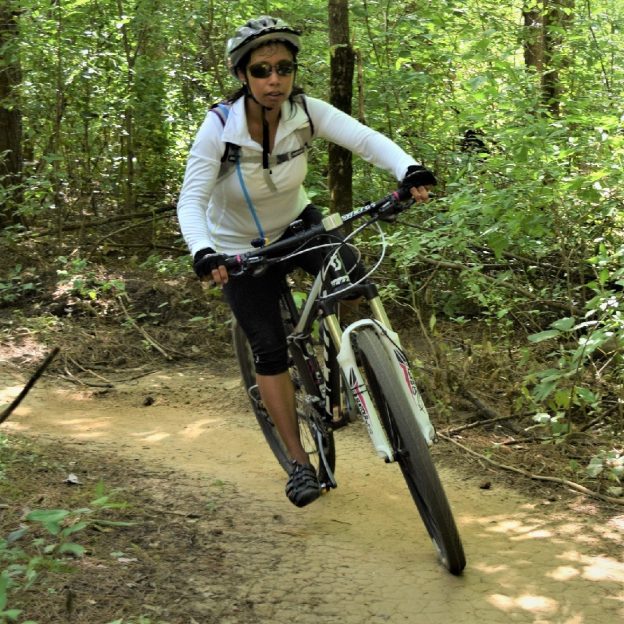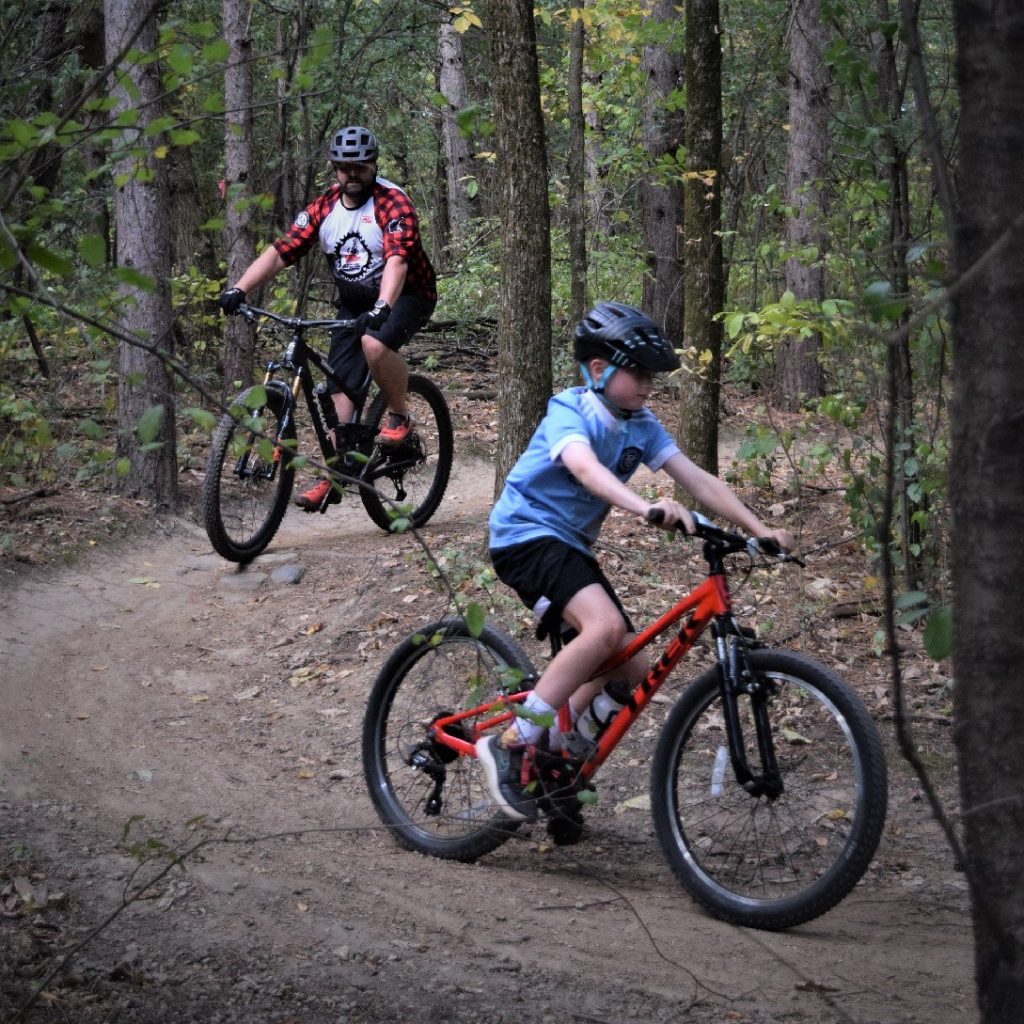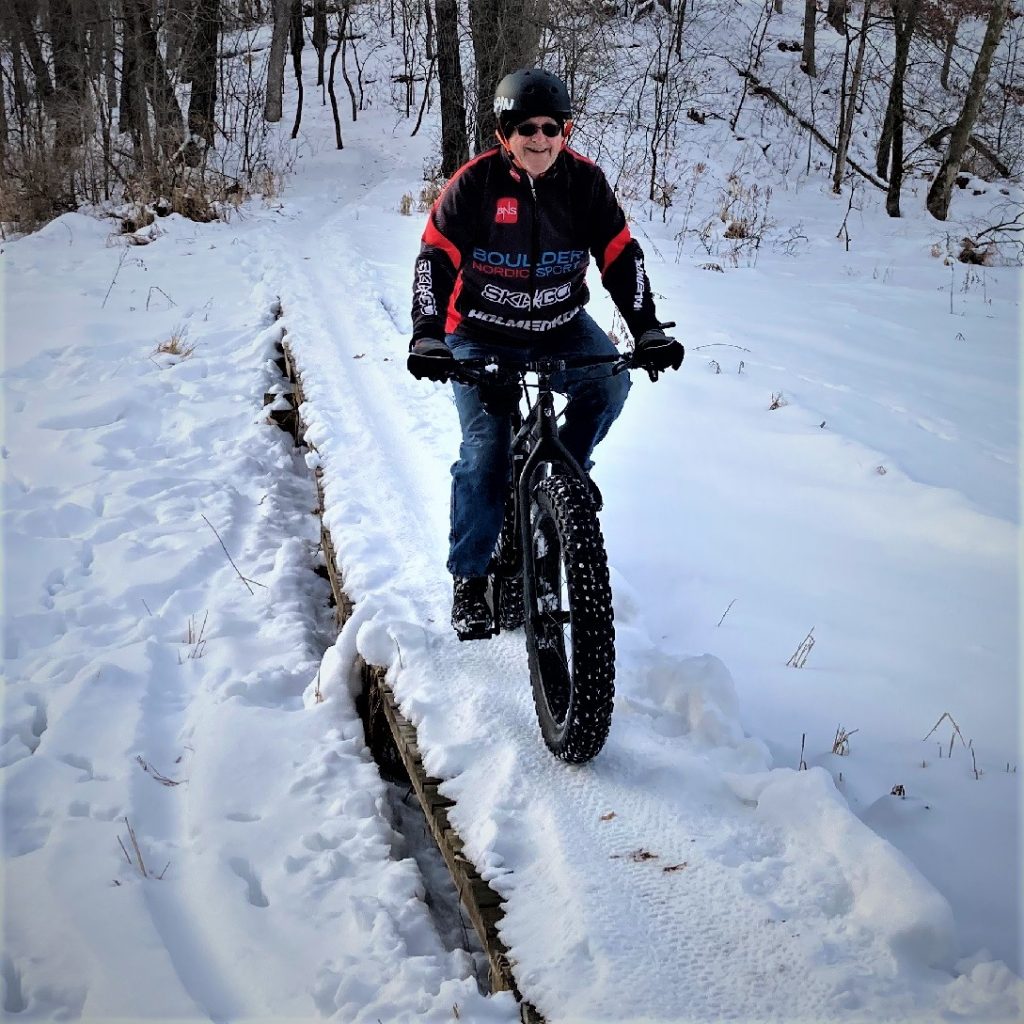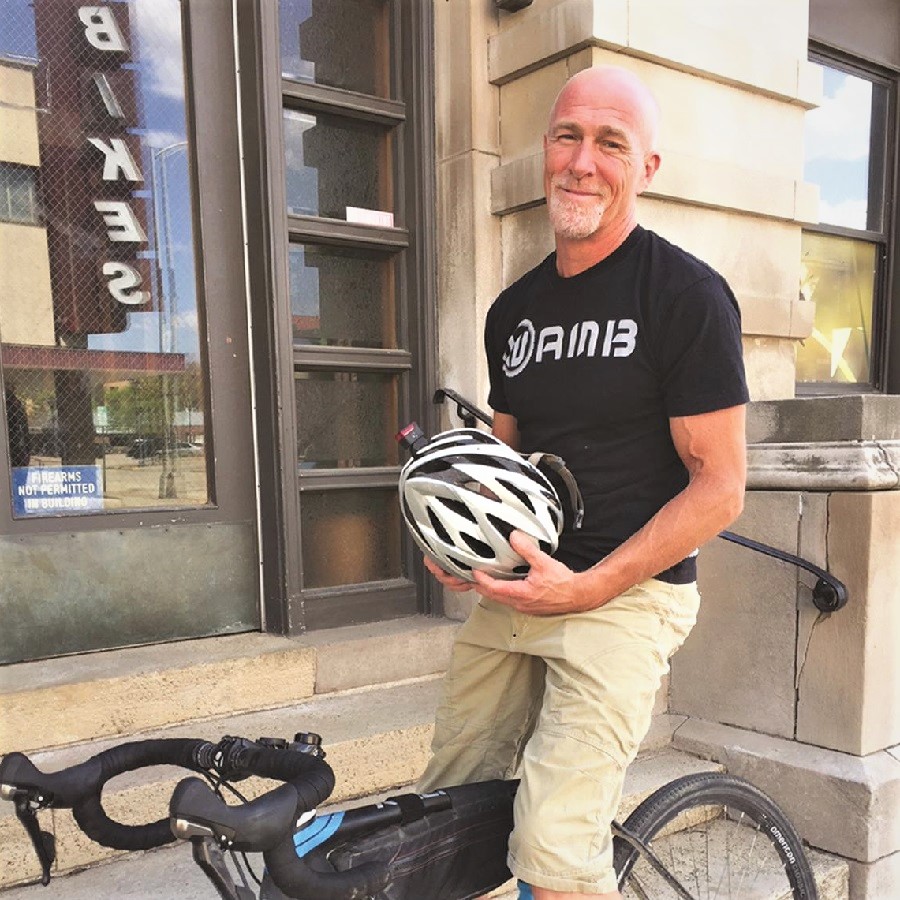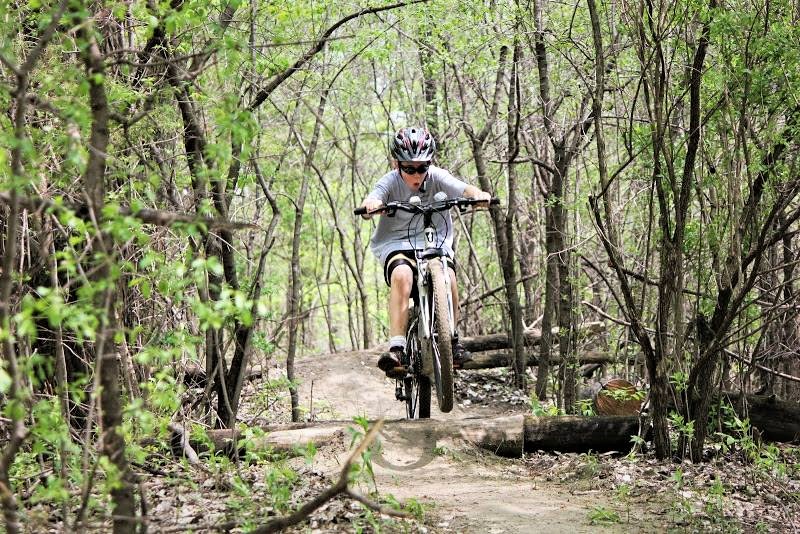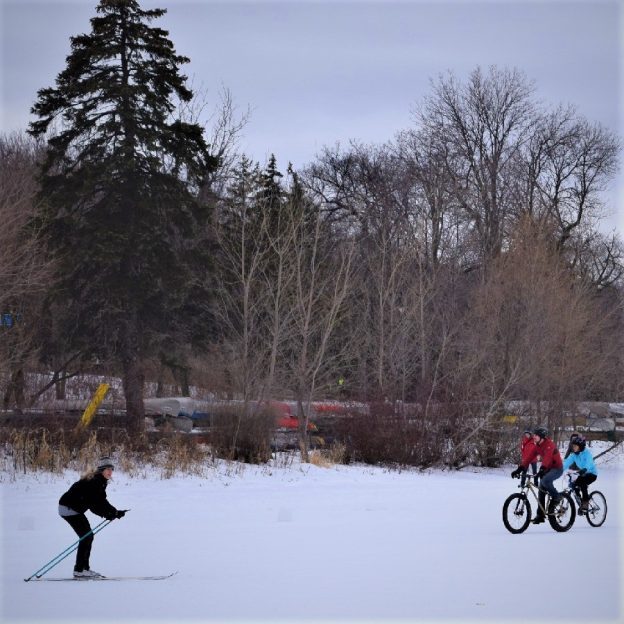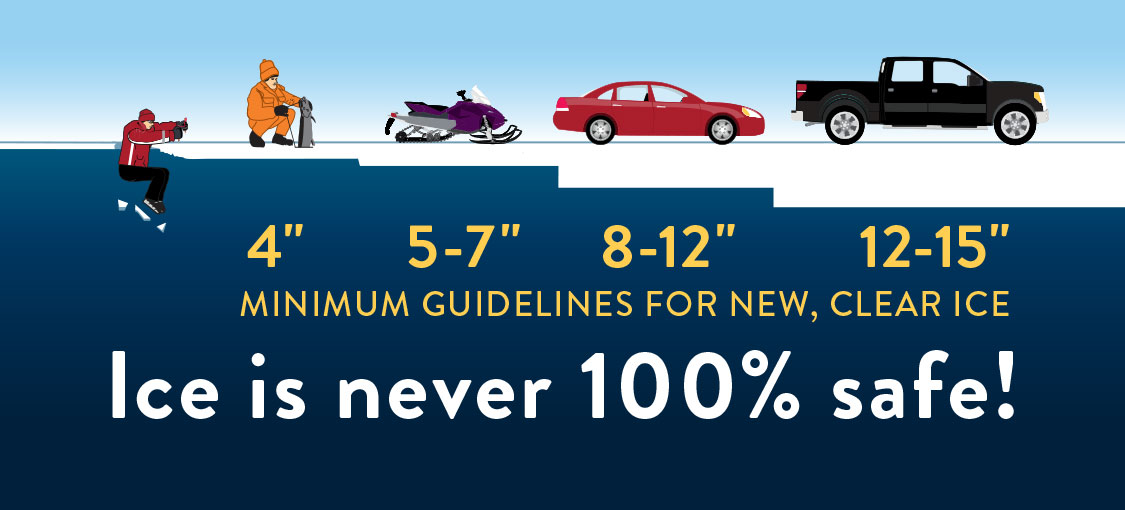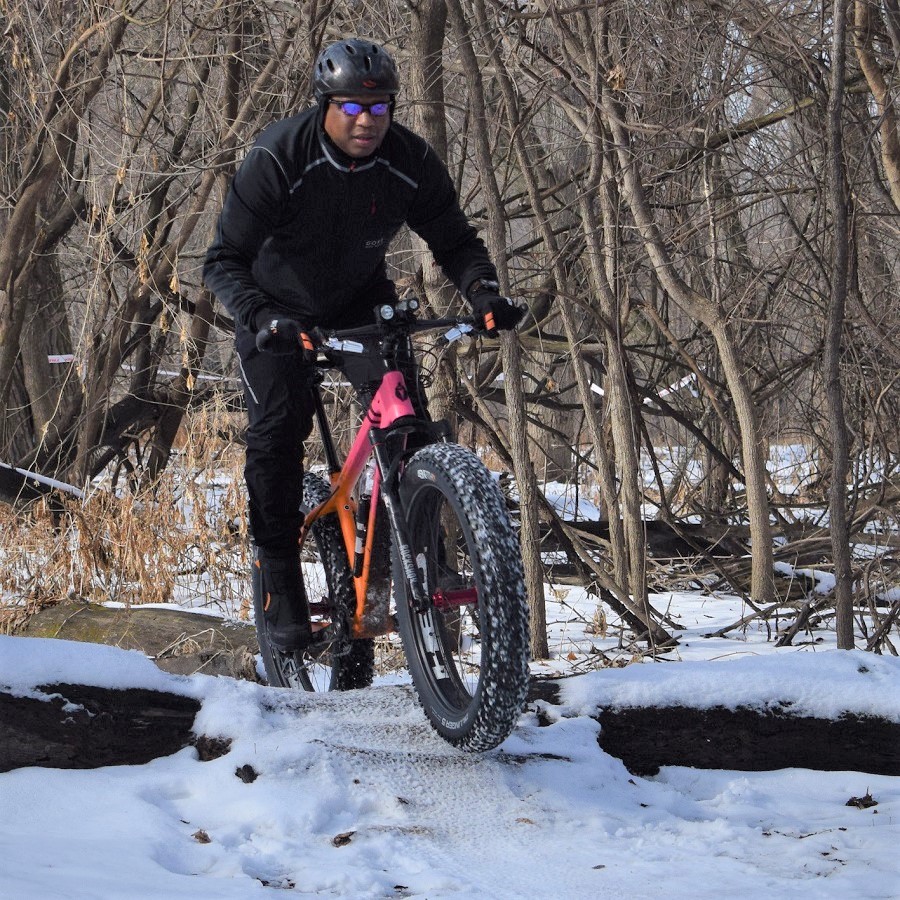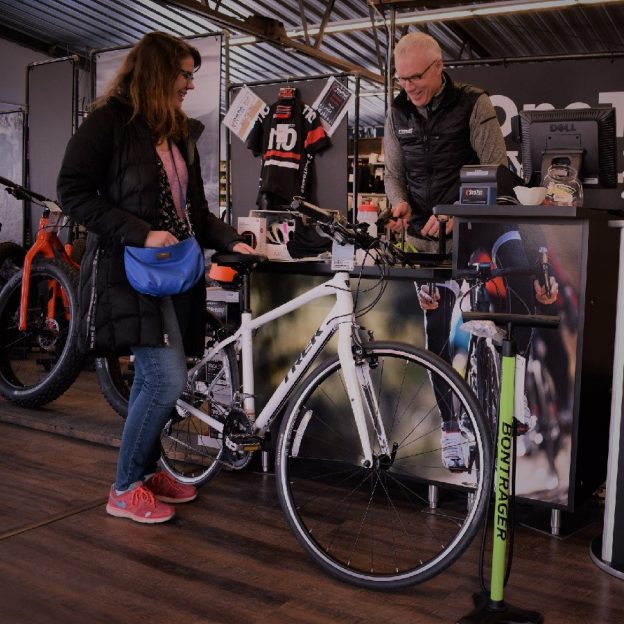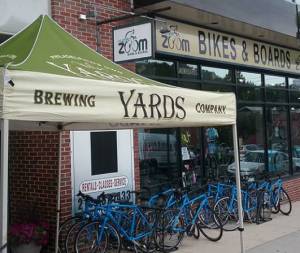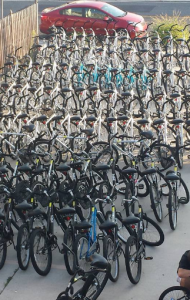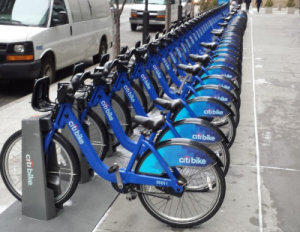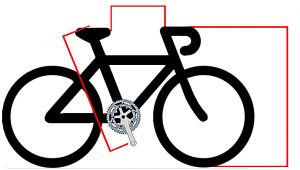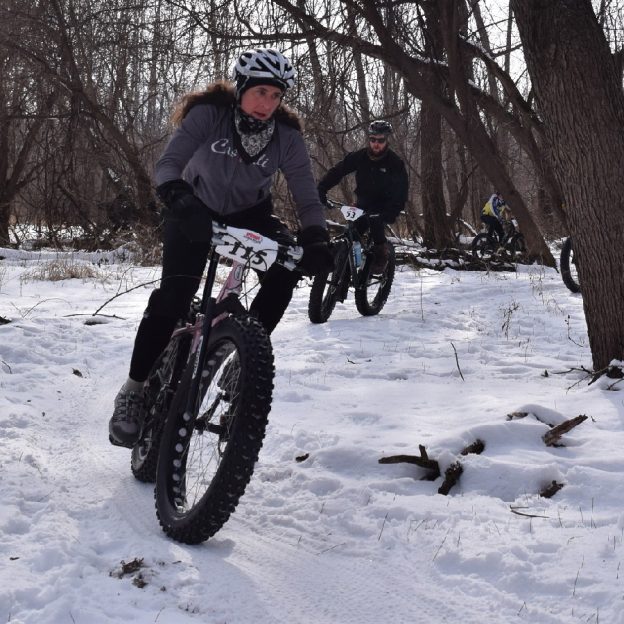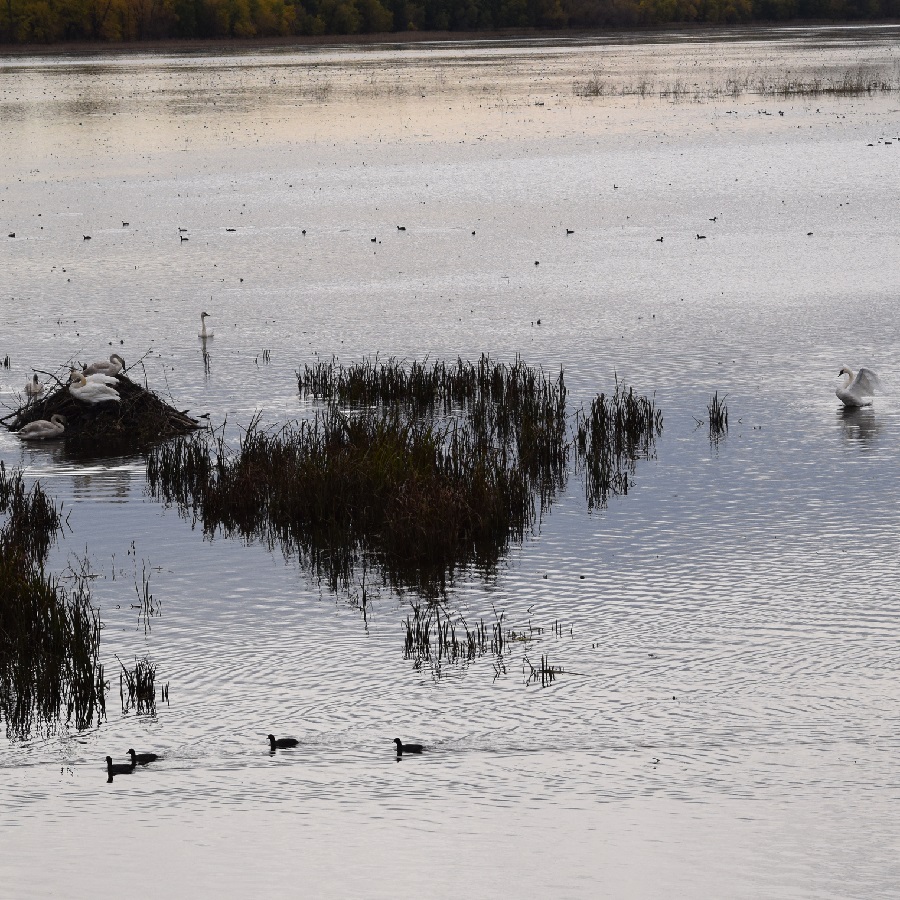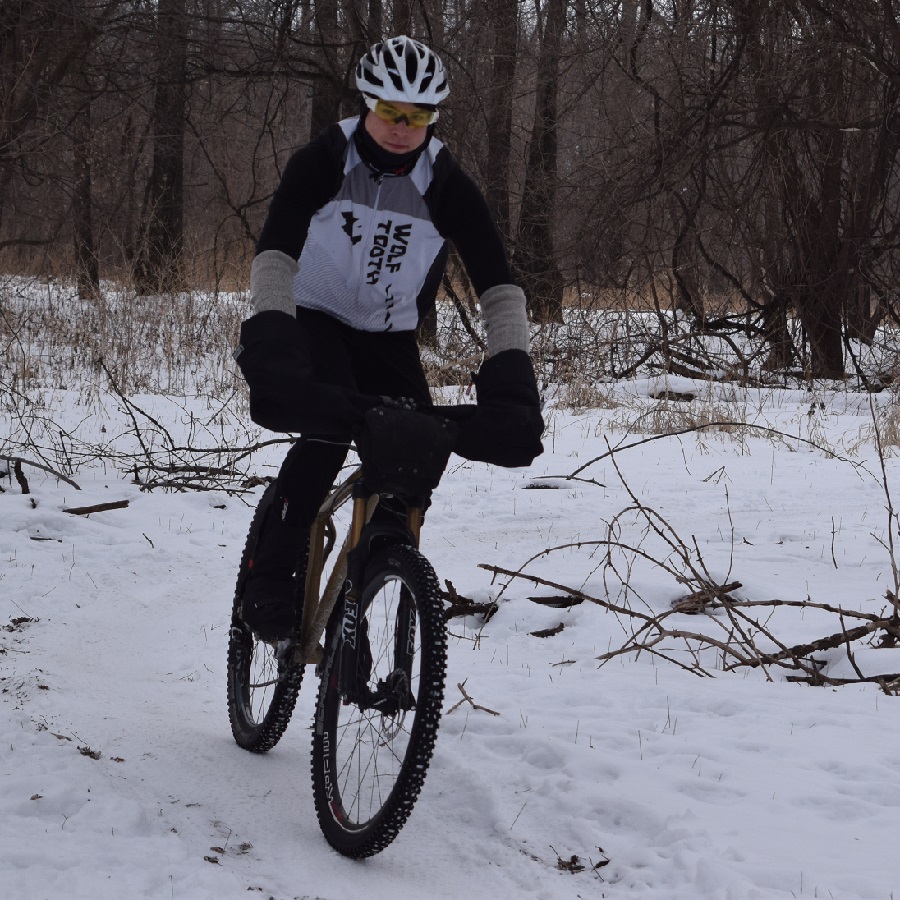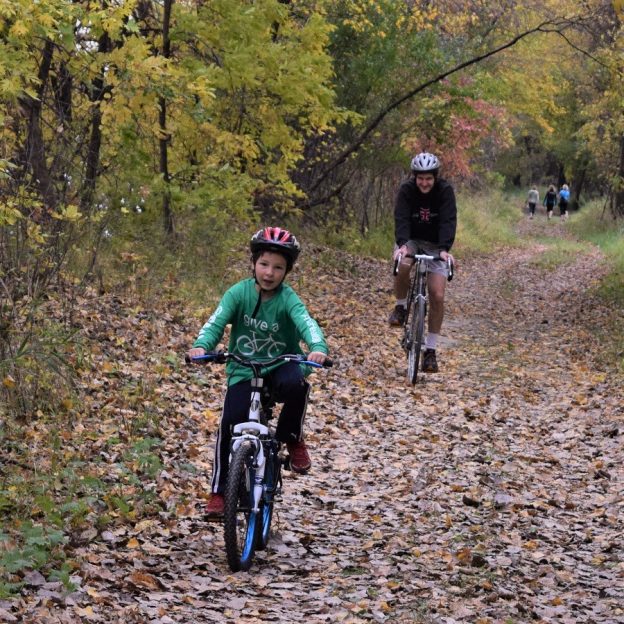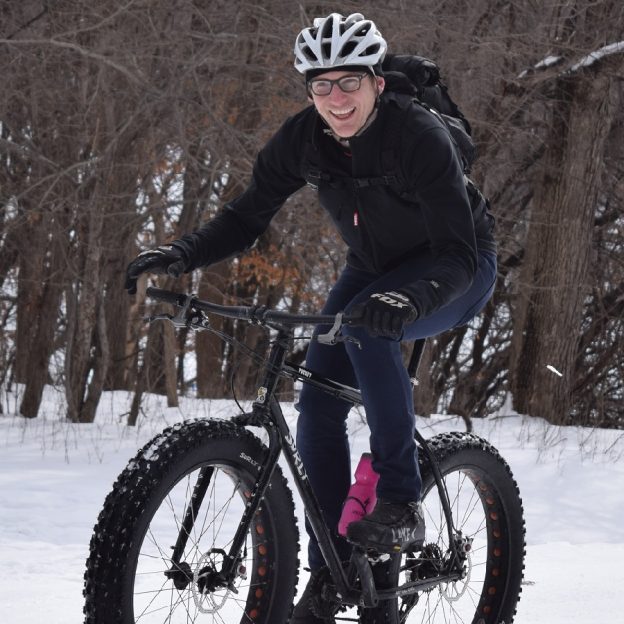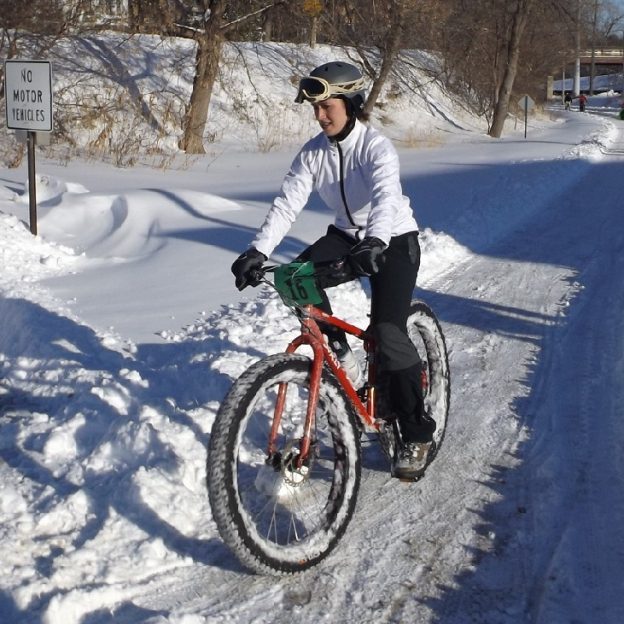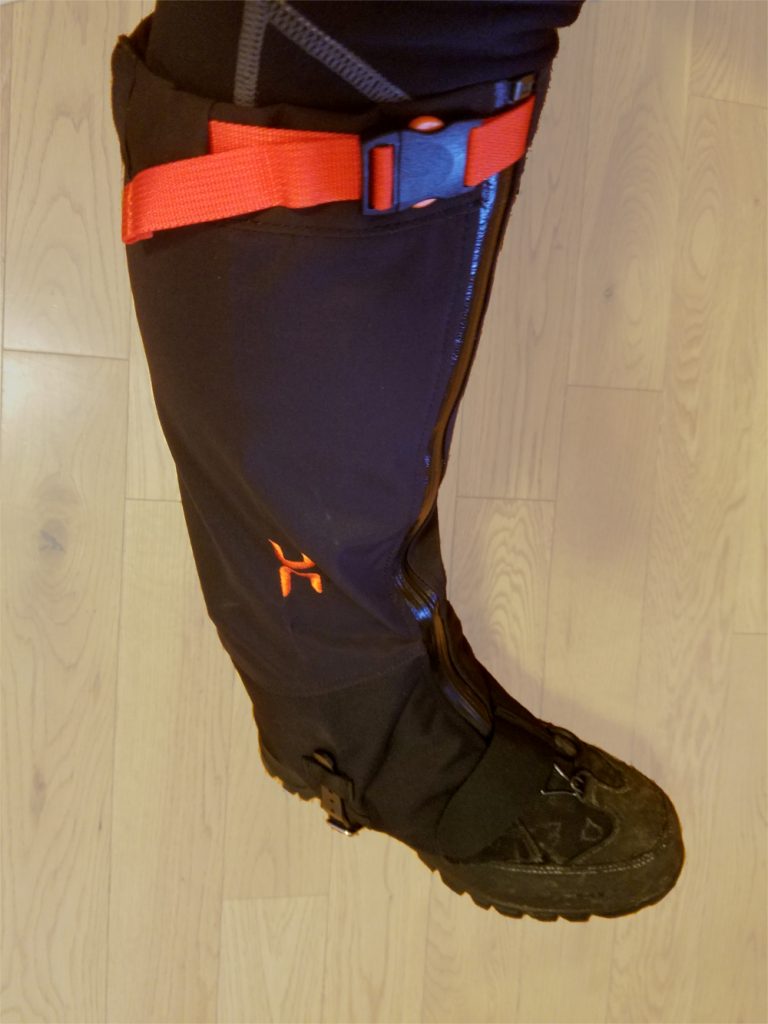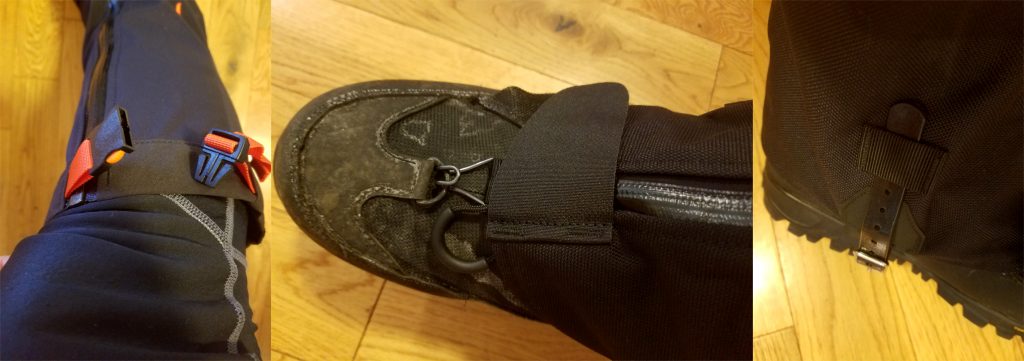by John Brown, BrownCycles.com
The winter months are the perfect time to visit a bike shop and learn. Other than just enjoying bikes at a time when you may not be riding, there are many benefits to visiting your bike shop during the cooler months of the year. You can learn more in the slower winter months, get better deals, and have faster service.
Faster turnaround time on repairs at your bike shop.
Most bike shops operate on a “first in / first out” repair schedule. This means during the busy summer months, there will be dozens of bicycles ahead of yours in line to be repaired. Those dozens of bikes could equal weeks of waiting before your bike gets fixed. Through the winter months, there are fewer bikes in for repair. That means you can expect a speedy turnaround time. Plus, with fewer bikes in the shops to be worked on, each seems to get more attention. That’s not to say your shop won’t do a great job in the summer months. I’m just saying that it is always good when service isn’t rushed and the mechanic has more time.
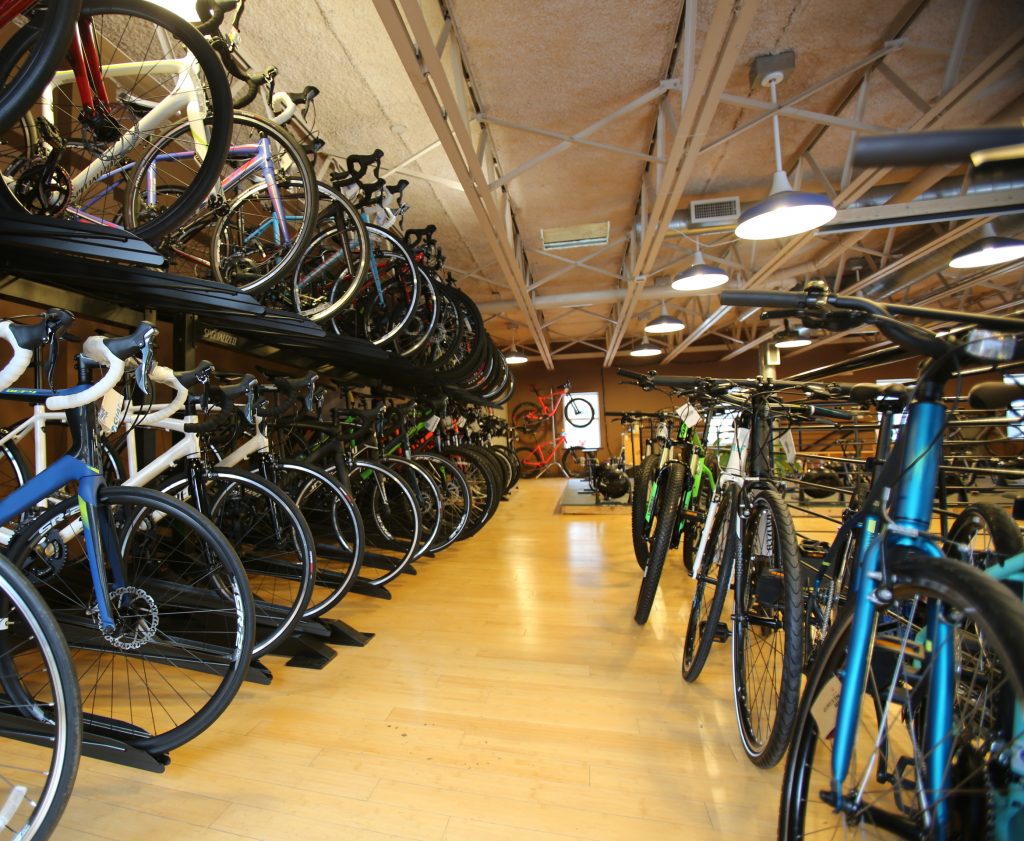
Quiet time in the shop is the best time for quality service.
Bike shop discounts and deals!
As fall turns to winter, bicycle brands change from one model year into the next. Because of that change, the transition becomes a sweet spot for buying a bike. In some cases, you can get last year’s models for a discounted price; if those aren’t available, the new models are readily available. Along with the new model year shift, many shops also run sales through the winter to maximize store traffic.
A bike shop visit is worth more than a discount
It’s no secret that winter in a bike shop is slow. Why not take advantage of that slow time to talk with the salesperson and mechanics? Need to know more about all the different bike types? Where is the best place to ride your fat bike? How do the new shorts differ from the ones you already have? These individuals in the bike shop can help.
If it’s a question about your bike’s service or adjustments, the mechanics will likely spend more time with you and not be rushed. Even better, at this time of the year, some shops will allow customers to watch and learn as they fix their bikes in the winter. Due to the time added to teaching, this is not an opportunity to be considered or offered through the summer.
Learn more at your bike shops, clinics, and classes
As many bike shops have evolved from regular retail locations into community cycling centers, most have adopted a strategy of education and involvement. Because shops have far more time in the winter, most schedule their programs during this downtime. In the most basic cases, you can enjoy trainer rides at most shops. Typically, these rides are a “bring your own trainer” affair, where customers come and ride together.

Park tool School is in full effect.
More ambitious stores are running classes on home bike repair as well. Usually, those classes focus on one part of the bike, like wheels or derailleurs. Finally, the most forward-thinking shops are doing classes and clinics and inviting speakers to come and give presentations. Many riders have questions about bike packing or fat biking, and shops will schedule professionals to discuss those subjects.
Classes at Browns Bicycle
Don’t let simple mechanicals ruin an otherwise great ride. Learn the basics of fixing flat tires, mending a broken chain, and getting home on two wheels rather than two feet. Please bring your bicycle with you for a hands-on instruction session. All ages are welcome, although an adult should accompany minors. Check out class dates when available.
Show the love.
If for no other reason, stop by the shop and say hello. Depending on how quiet the shop is through the winter, things can get pretty boring for the staff, who would love to share their knowledge. Storage can only be cleaned and reorganized many times after all the boxed bikes are built. After that, the friendly face of a customer is a welcome sight.
